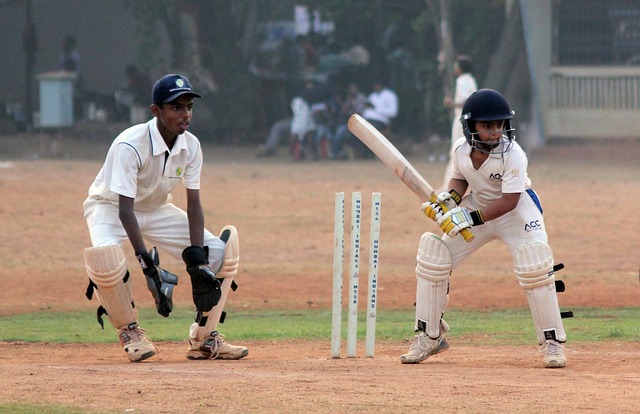If you’re new to sports betting or online wagering, understanding how betting odds work is the first crucial step. Odds aren’t just numbers on a screen—they represent the likelihood of an outcome and determine how much you’ll win if your bet is successful. For beginners, learning how to read different types of odds can make the difference between confident betting and unnecessary confusion.
There are three main odds formats you’ll encounter: decimal odds, fractional odds, and moneyline odds. Each format expresses the same idea in different ways and is commonly used depending on the country or betting platform.
In this beginner’s guide, we’ll break down each type of odds, explain how to calculate potential winnings, and help you understand the concept of implied probability. By the end, you’ll have the tools to read and interpret odds like a pro.
Decimal Odds: Simple and Popular
Decimal odds are widely used in Europe, Canada, Australia, and many online sportsbooks. They’re also the easiest to understand for beginners.
Here’s how they work:
A decimal odd shows the total payout you’ll receive for every $1 wagered, including your original stake. For example, if the odds are 2.50, a $10 bet will return:
$10 × 2.50 = $25 total payout (including your $10 stake)
So, the profit is $15.
The formula to calculate your return is:
Payout = Stake × Decimal Odds
The higher the decimal number, the less likely the outcome is—so high odds mean higher risk, higher reward.
Decimal odds also allow for easy comparison between outcomes, which helps when evaluating different betting markets.
Fractional Odds: Common in the UK

Fractional odds are the traditional format in the United Kingdom and Ireland. They show the profit relative to your stake, rather than the total return.
For example, odds of 5/1 (read “five to one”) mean you’ll win $5 for every $1 bet. If you bet $10, you receive:
$10 × (5 ÷ 1) = $50 profit + $10 original stake = $60 total return.
Fractional odds can also be smaller than 1/1, such as 1/4, meaning you must bet $4 to win $1. This often happens when betting on strong favorites.
Although less intuitive than decimal odds, fractional odds are still widely used in horse racing and some sportsbooks. With a bit of practice, you’ll get comfortable calculating payouts quickly.
Moneyline Odds: The American Format
Moneyline odds (also known as American odds) are mainly used in the United States. These odds can be positive or negative, and each tells a different story.
- Positive odds (e.g., +200) show how much profit you’ll make from a $100 bet.
A $100 bet at +200 returns $200 profit + $100 stake = $300 total. - Negative odds (e.g., -150) show how much you need to bet to win $100.
A $150 bet at -150 returns $100 profit + $150 stake = $250 total.
Positive odds usually represent underdogs, while negative odds represent favorites. This format may seem confusing at first, but it’s helpful for quickly identifying risk and reward in American sports markets.
Understanding Implied Probability

Betting odds reflect not only payouts but also the likelihood of an event—this is known as the implied probability. By converting odds into probability, you can judge whether a bet has real value.
For decimal odds:
Implied Probability = 1 / Decimal Odds
Example: 1 / 2.50 = 0.40 or 40%
For fractional odds:
Implied Probability = Denominator / (Numerator + Denominator)
Example: 5/1 = 1 / (5 + 1) = 0.1667 or 16.67%
For moneyline odds:
- Positive: 100 / (Odds + 100)
- Negative: Odds / (Odds + 100)
Example: +200 = 100 / (200 + 100) = 0.333 or 33.3%
This helps you evaluate whether the odds reflect realistic expectations and if there’s value in placing a bet.
Why Learning Odds Is Essential
Reading betting odds isn’t just about calculating payouts—it’s about understanding the market. Odds are set by bookmakers to reflect public opinion and probabilities. By learning how to interpret them, you gain insight into:
- Which teams or outcomes are favored
- Where the betting value lies
- How to manage risk based on returns
As you grow more experienced, odds reading becomes second nature and helps form the foundation for more advanced betting strategies.
Whether you prefer decimal, fractional, or moneyline formats, being able to confidently read and interpret betting odds is a must-have skill. Once you understand what the numbers mean and how to convert them into real-world payouts and probabilities, your betting becomes more strategic—and potentially more successful.
Start small, practice often, and remember: in betting, knowledge is just as important as luck.
